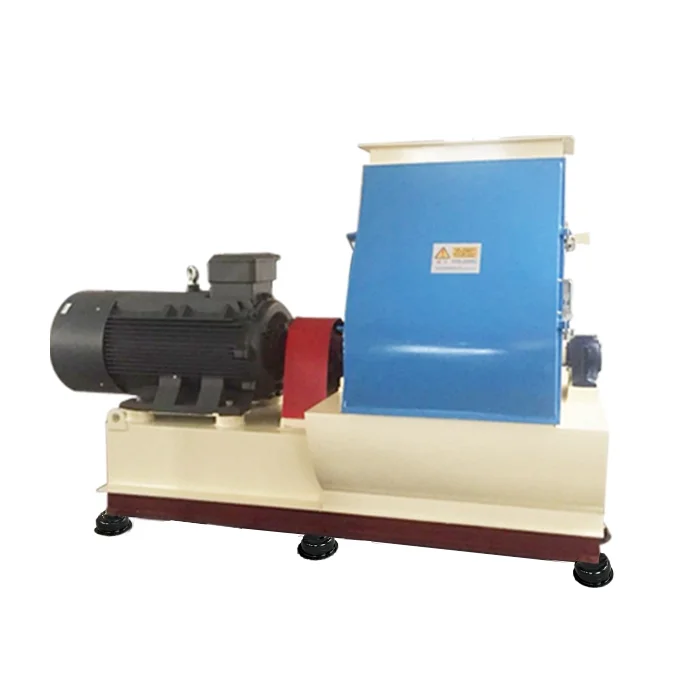
When it comes to insulating your home or building, choosing the right material is crucial. Two popular options in the market are Styrofoam insulation and fiberglass insulation. In this article, we will delve into the pros and cons of each material, comparing their performance, cost-effectiveness, and environmental impact. By the end, you will have a clear understanding of which insulation option suits your needs best.
- Performance:
Styrofoam Insulation:
Styrofoam insulation, also known as expanded polystyrene (EPS), offers excellent thermal resistance. Its closed-cell structure provides a high R-value, which measures the material's ability to resist heat flow. Styrofoam insulation effectively reduces heat transfer, keeping your home warm in winter and cool in summer. Additionally, it has low water absorption, making it resistant to moisture-related issues such as mold and rot.
Fiberglass Insulation:
Fiberglass insulation, made from fine glass fibers, is another popular choice. It also provides good thermal resistance, but its R-value is slightly lower compared to Styrofoam insulation. However, fiberglass insulation compensates for this with its superior soundproofing capabilities. It effectively reduces noise transmission, making it ideal for areas with high noise levels.
- Cost-effectiveness:
Styrofoam Insulation:
Styrofoam insulation is generally more affordable than fiberglass insulation. Its lower cost, combined with its excellent thermal resistance, makes it a cost-effective option for many homeowners. Additionally, Styrofoam insulation is lightweight, which can reduce installation costs and make the process more manageable.
Fiberglass Insulation:
Fiberglass insulation tends to be slightly more expensive than Styrofoam insulation. However, it offers long-term cost savings due to its durability and energy-saving properties. Fiberglass insulation can help reduce heating and cooling costs, making it a wise investment in the long run.
- Environmental Impact:
Styrofoam Insulation:
Styrofoam insulation has faced criticism for its environmental impact. It is made from non-renewable fossil fuels and is not biodegradable. However, advancements have been made in producing more environmentally friendly versions of Styrofoam insulation, such as those made with recycled materials. Additionally, Styrofoam insulation's durability and energy-saving properties contribute to reducing overall energy consumption and carbon emissions.
Fiberglass Insulation:
Fiberglass insulation is made from recycled glass, making it a more sustainable option. It is also non-combustible and does not release harmful gases when exposed to fire. However, the manufacturing process of fiberglass insulation requires a significant amount of energy, which contributes to its environmental footprint.
Conclusion:
In the battle of insulation materials, both Styrofoam and fiberglass have their strengths and weaknesses. Styrofoam insulation excels in thermal resistance and affordability, while fiberglass insulation offers superior soundproofing capabilities. Consider your specific needs, budget, and environmental concerns when making a decision. Ultimately, consulting with a professional insulation contractor can help you determine the best insulation material for your project.

